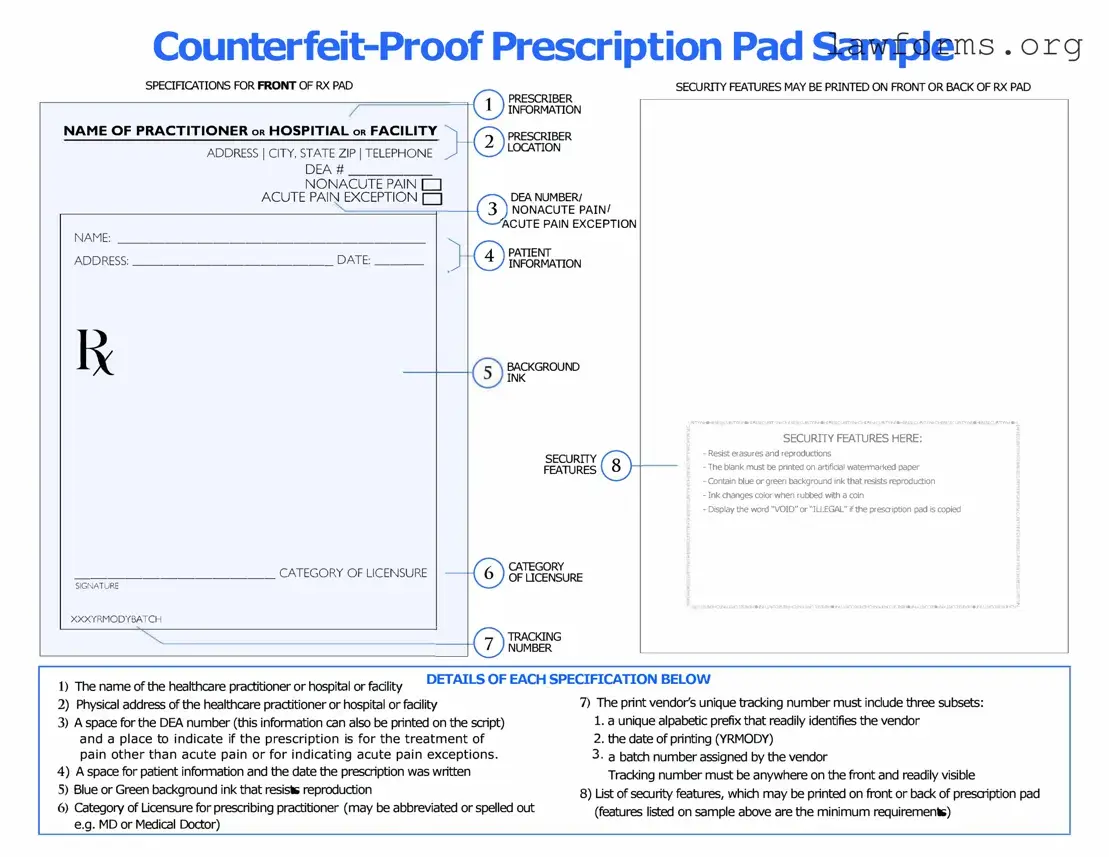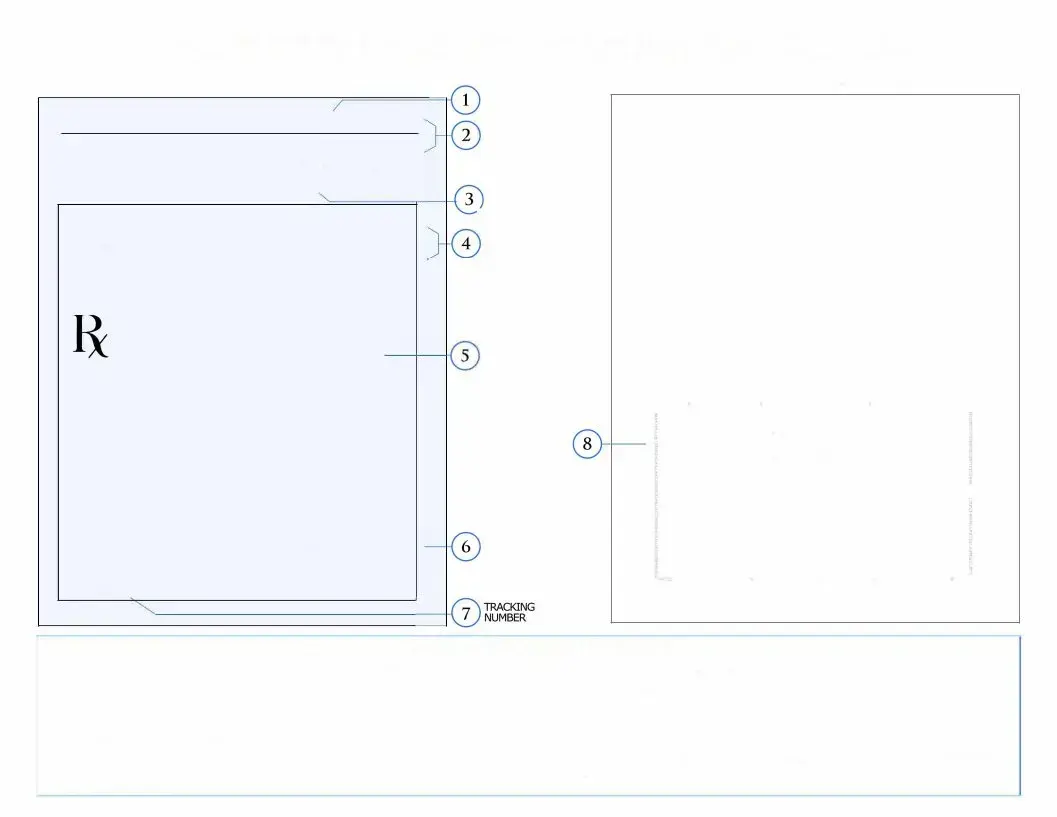Fill Out a Valid Prescription Pad Template
The Prescription Pad form is a crucial document used by healthcare providers to prescribe medications to patients. This form ensures that prescriptions are clear, accurate, and legally valid, facilitating proper patient care. To get started with your prescription needs, fill out the form by clicking the button below.
Customize Document Online

